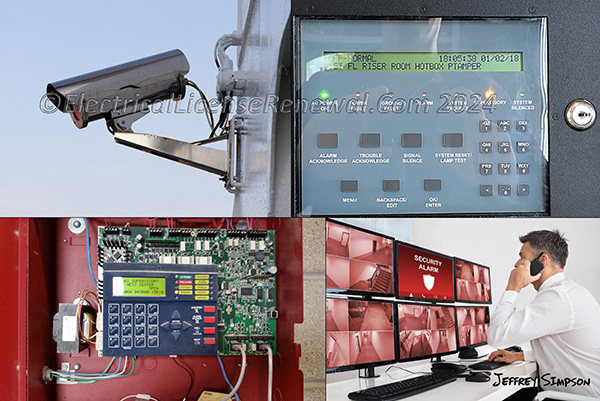Overview of Alarm Systems.

Introduction to Alarm Systems and False Alarms.
This course intends to introduce the foundational elements of fire and security alarm systems. These systems play a critical role in ensuring safety and security in various environments including residential, commercial, and industrial settings.
Fire alarm systems are specifically designed to detect the presence of fire and provide early warning to building occupants, allowing for prompt evacuation and the arrival of fire services. These systems typically include a range of components such as smoke detectors, heat detectors, manual pull stations, alarm control panels, and notification appliances. Each component must work seamlessly together to ensure the system's effectiveness.
Security alarm systems, on the other hand, are designed to protect properties from unauthorized access, theft, vandalism, and other security threats. These systems often include motion detectors, door and window sensors, glass break detectors, and security cameras. Both types of systems may be monitored locally or remotely by a central monitoring station, which can dispatch emergency services when an alarm is triggered.
The integration of these systems with other building systems, such as HVAC and electrical systems, can enhance their functionality and reliability. Proper installation, regular maintenance, and adherence to industry standards are essential to prevent false alarms and ensure the systems operate correctly when needed. Understanding the different components and their roles within the system is crucial for installers, as this knowledge forms the basis for designing, installing, and maintaining effective alarm systems.